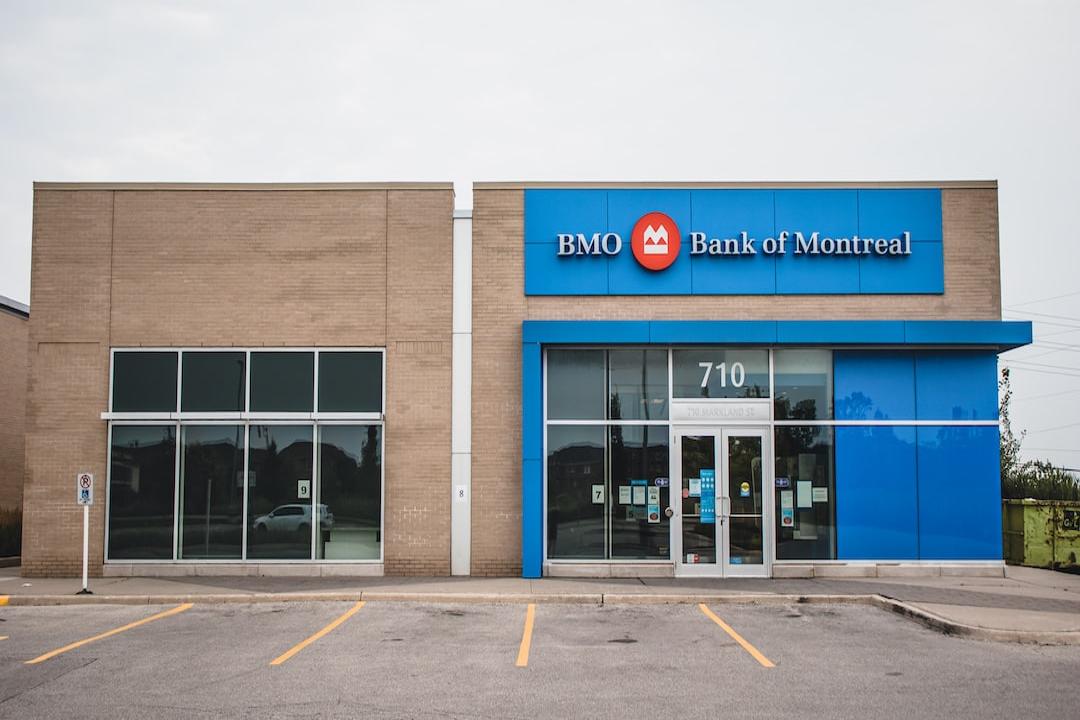Meme Coins
They are silly. Not serious. A waste of time. They give the impression that the crypto industry is trivial, full of speculators. Vitalik Buterin is likely right, the industry would be better off if people focused on legitimate projects. But – the only thing worse than trying to financialize meme coins is complaining about meme coins. You can have deep insights into how meme coins have become a symbol of this “financial nihilism” era, but speaking out loud is shameful – especially if you still hold losing positions yourself.
I do not believe meme coins should be praised, especially not for the most common reasons. At this stage of the cycle, it is clear that even “blue-chip” tokens like Shiba Inu (SHIB) or Dogecoin (DOGE) – they have not really brought new users; at least not yet. I think the sustainability of the “communities” formed around investing in meme coins is questionable. And claiming that these tokens can create “generational wealth” for people is irresponsible.
Meme coins are highly speculative investment tools. People seem to have almost unlimited interest and capital investment in them, which basically proves that “speculation itself is a use case”, whether you agree with this statement or not.
As Riva Tez said in her speech at the 2024 Consensus Conference, meme coins help cryptocurrencies win the “narrative war” by meeting people’s real needs.
Criticism of casinos or state-sanctioned gambling like lotteries from a moral standpoint is reasonable, but the existence of meme coins is for the same reason – people enjoy fantasizing that their lives can be changed in an instant without effort. This is a desire that cannot be eliminated by willpower alone, and the results show that gambling on tokens based on blockchain is as effective as scratch cards.
On a deeper level, meme coins are increasingly being seen as tools for coordinating and measuring attention. Their nature is imitation – the process of gaining cultural influence through dissemination.
Ravi Bakhai, the developer of the Hype meme coin trading platform, believes that meme coins have evolved into a massive general betting market that can reflect the relevance of things at any given moment. Take Iggy Azalea’s MOTHER token, for example, it actually gives value to her personal fame and reflects the rapper’s ability to attract cryptocurrency enthusiasts.
For years, there have been many discussions about the position of cryptocurrencies in the “attention economy”, with the core view being that attention itself is a scarce commodity, and evaluating the value of popularity through “crowdsourcing” is easy to overvalue. Essentially, meme coins reveal the duality of this world: people can love cute dogs and be racists.
However, this does not mean that the underlying concept supporting meme coins does not have the potential to become more valuable in the future. Just as prediction markets use mechanisms where participants honestly express their true opinions for their own benefit, helping us capture real market sentiment, meme coins also have the potential to become tools for identifying signals and eliminating distractions.
This is the idea behind the emerging “PoliFi” (Political Finance) field, and tokens like JEO BODEN, MAGA, and elizabath whoren, some people use them as indicators to bet on the re-election chances of those candidates. But this is not necessarily limited to politics. As Solo Ceesay, CEO of Calaxy, recently wrote in an article for The Defiant: “Meme coins perfectly demonstrate how any collective group can create economic infrastructure to promote business, trade, and collaboration without the need for intermediary participation. Before blockchain technology, this was almost impossible.”
Ultimately, as demonstrated by Dogecoin (DOGE) born at the end of 2013, meme coins are essentially a blank canvas for people to engage in so-called “performance art”. As Tez said, Dogecoin’s co-founders Billy Markus and Jackson Palmer saw DOGE as a parody of Bitcoin.
This actually touches on the most profound criticism of meme coins: they expose all the financial and psychological mechanisms behind all cryptocurrencies. While Bitcoin (BTC) is unlikely to go to zero in value, the reason it has value is simply because people agree that it has value, the same reason why BALD tokens were once assigned value (and then lost value).
The real difference is that Bitcoin is supported by a belief that the digital age needs an effective store of value; while meme coins are more based on mocking the head of Coinbase. Some people see this as evidence that Bitcoin is a huge Ponzi scheme, while others marvel at the economic miracle that connects people through common interests.
Similarly, the worst aspects of cryptocurrency shown by meme coins also apply to other cryptocurrencies. Celebrities launch tokens and then use their fan base as a source of liquidity when exiting, which is reprehensible. The so-called “rug pulls” scams are outrageous. The endless pursuit of wealth is unsettling. But in a sense, meme coins are more upfront because they do not hide their gaming nature.
One’s attitude towards meme coins may ultimately depend on how seriously they view the issue. Some people sincerely believe that meme coins have brought a bad reputation to cryptocurrencies, without realizing that most people already hold such views on cryptocurrencies.
I may never buy tokens like Dogecoin myself. But opposing these popular cryptocurrencies does not seem to be a wise strategy.


